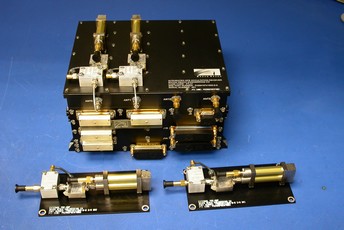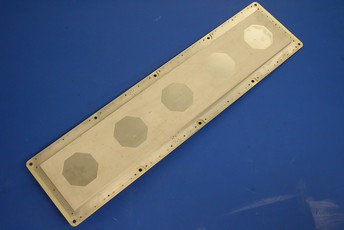ROHP-PAZ

The IGOR+ GNSS receiver is the heritage of Black Jack, a class of GPS space science receivers that NASA/JPL started developing in 1998. Unlike other GPS space receivers, this one could take precise measurements of how GPS signals are distorted or delayed along their way to the receiver. To commercially exploit the Black Jack GPS radio occultation technology, JPL turned to Tempe, Arizona-based Broad Reach Engineering Company (BRE), which made some enhancements to JPL’s existing technology, including the addition of an internal redundancy feature and internal mass memory. BRE built the new receivers, and entered into a license agreement for the technology. As a result of the license agreement, BRE commercialized a new product called the Integrated GPS Occultation Receiver (IGOR) based on NASA’s Black Jack device.
BRE makes IGOR available in two versions for low-Earth orbiters: as a receiver for precision orbit determination (POD) only, or as a receiver for both POD and radio occultation. A POD IGOR+ was already included in the original plans of PAZ. Thanks to the ROHP-PAZ project, IGOR+ has been upgraded with radio ocultation capabilities. Because of the polarimetric nature of this particular experiment, very minor modifications of the firmware have also been required. The most relevant is that the channels typically devoted to setting and rising occultations, are now only devoted to setting occultations (in both polarizations).
It is a dual-frequency receiver, to track GPS L1 C/A and P(Y) codes, as well as L2 P(Y). It also features a solid state recorder that allows the recording of extra data in case there are problems with the down-link at ground stations.
More than 25 IGOR and Black Jack receivers have been launched into orbit so far.

No other RO mission used polarimetric measurements before. The company Haigh Farr has designed the ROHP-PAZ polarimetric RO antenna based on designs of antennas used in former RO missions, but extending its features to dual-polarizations and taking special care in polarization isolation. It is a 5-element phase array antenna with two linear ports, V and H. The amplitude pattern has a peak of >12.5 dB at the Earth's limb direction, and a beam half-width >45 degrees in azimuth. The cross-polar isolation has a peak value of 28 dB, and it is better than 25 dB across 25/45 degrees half-beam azimuth for the V/H polarizations respectively.